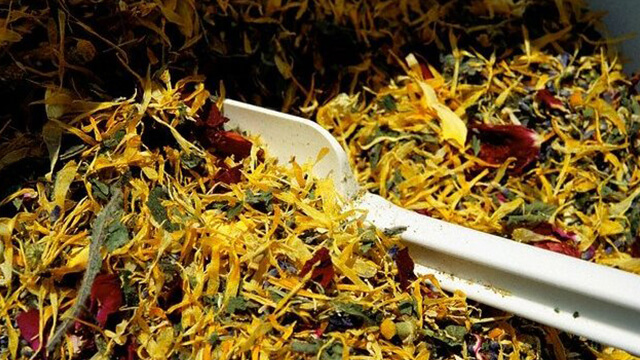- You have no items in your shopping cart
- Subtotal: £0.00
Natural sites are suitable for collecting herbs, far from cities and highways, railways. Meadows are only suitable those that have never been ploughed. Such meadows are recognizable by the absence of dandelions. Forests are suitable mature, with a large variety of trees and shrubs. Wetlands are usually all suitable for collecting herbs, unless they are turned into peatlands. The natural shores of water bodies are also rich in medicinal plants. Herbs can be harvested at any time of year, as from some plants we collect buds, from others we collect leaves, flowers, fruits, roots, bark.
Medicinal plants are harvested at a time when they contain the most active substances. The same plant may contain different amounts of active substances. It depends not only on the time of year but also on the time of day. It is also important when the plant is picked, day or night, moonlight or not. During the full moon, most of the active substances are in the upper part of the plant (leaves, flowers), and in the lower part (roots, rhizomes) during the new moon. This can be explained by the fact that during full moon, the plants consume more water, which, when moving towards the top of the plant, carries the active substances. During the new moon, water consumption is reduced and the active ingredients are more present in the lower part of the plant.
Medicinal raw materials are collected in baskets, boxes, cloth bags. The raw material must not be pressed, as it heats up and thus reduces its quality.


